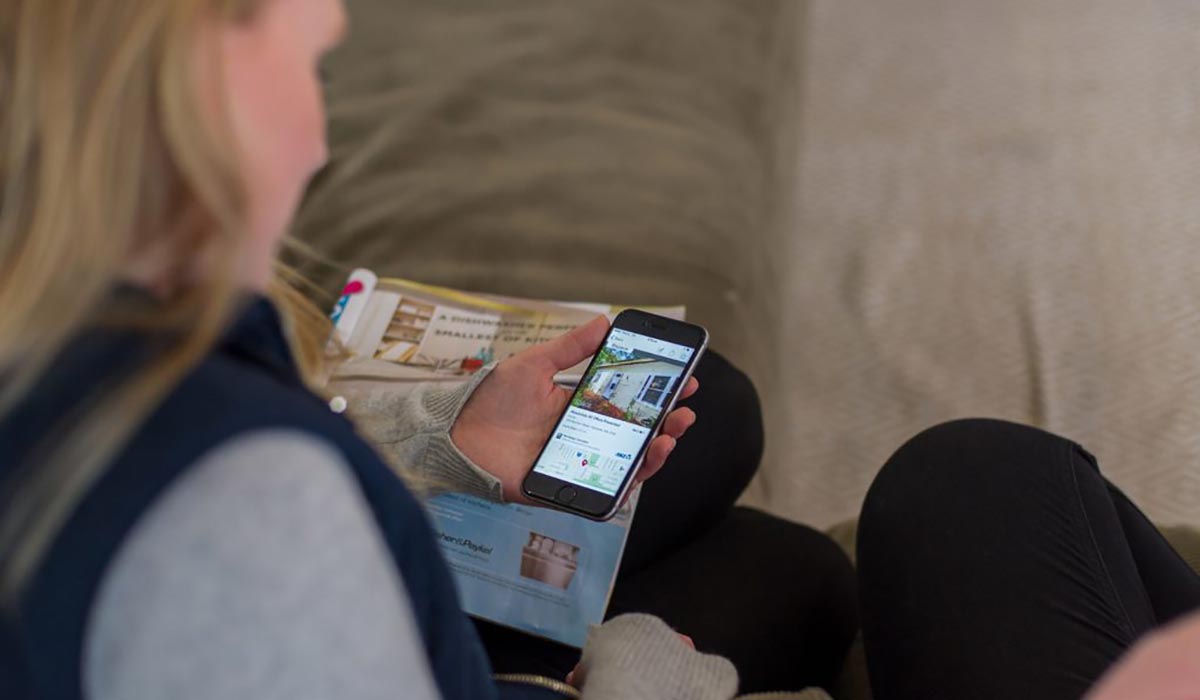We have record low interest rates across Australia, offset by record price growth in some capital cities while income growth is just plain underwhelming.
So how do those factors combine to make the cost of putting a roof over your head painful or pain free?
The clever number crunchers at Core Logic measure affordability in different ways and according to their most recent data party, affordability in Brisbane has improved and worsened.
Here’s why.
One way to measure affordability is to compare dwelling values and household income. In Brisbane in 2017, dwelling values are 5.9 times higher than annual household income.
This ratio has trended higher since the good old days of 2002 when dwelling values were just 3.9 times higher than household income. So while we’re below the national average of 6.8, by this measure of affordability things have worsened.
On the other hand interest rates are at record lows, so affordability has improved in Brisbane if you measure the proportion of household income required to service your home loan, assuming you’ve borrowed 80 per cent of the purchase price.
By this measure it takes 31.7 per cent of household income to service a mortgage in Brisbane in 2017, compared to over 40 per cent back in 2007. But again the good old days of 2002 were cheaper again at 24.4 per cent.
On balance across Australia, Brisbane remains amongst the most affordable capital cities, while Sydney and Melbourne continue to feel the pain.
Want to get on the property ladder? View our current listings for sale.
